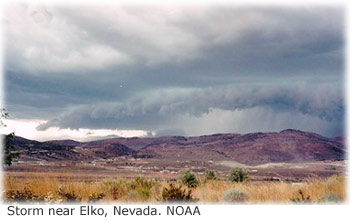Hello Science fans. Welcome back to another Science Fairy Blog. I now I haven't been blogging in awhile. But I'm back. Today we are going t be learning about the water cycle. I know this might be gross, but the next cup or glass you drink might be dinosaur spit. But it helps us live. Keep reading to learn the steps of the water cycle.
Evaporation
The first step is evaporation. It all starts with the sun. The sun heats up the water in the ocean. The water gets so hot that the water molecules move so fast that it turns into a vapor. The vapor starts to raise up into the sky. That's when the next step starts.
Condensation
Our second step is condensation. Condensation happens when the water molecules start to cool off. When the water molecules are done cooling off they start to connect to each other. That's how the clouds are formed.
Precipitation
After The clouds are made, more and more rain get in the cloud. When the cloud can't hold anymore it just lets it out. Precipitation is when it snow, sleets, hail, and rain. When it's raining the rain flows throw a mountain. Wich is called a runoff .It goes all the way back to the ocean. That is where our last step comes in.
Collection
The last step is collection. This one is very short. It's when all the water collects back into the ocean. Then the whole cycle starts all over again.
Since we are learned the steps of the water cycle. Now we are going to learn how the water cycle is related to weather patterns and climate. First, the weather patterns. It relates to weather because it makes tornadoes, thunder storms, hurricanes, floods, and droughts.
Now for climate. It relates to climate because if it's hot the sun makes the water dry out.That what cause droughts. droughts mean's no rain comes along for a long period of time. If its rains. It can cause floods So that means what ever the climate is that's the type of rain its going to be.That's it for this blog. I know it was short but I still hope you enjoyed it. This is The Science Fairy saying keep learning science. Peace!
picure links
information links





































